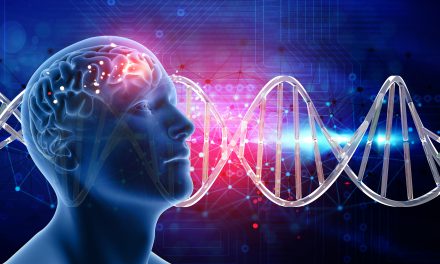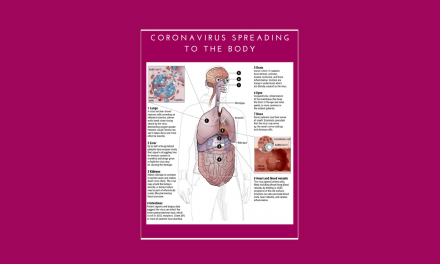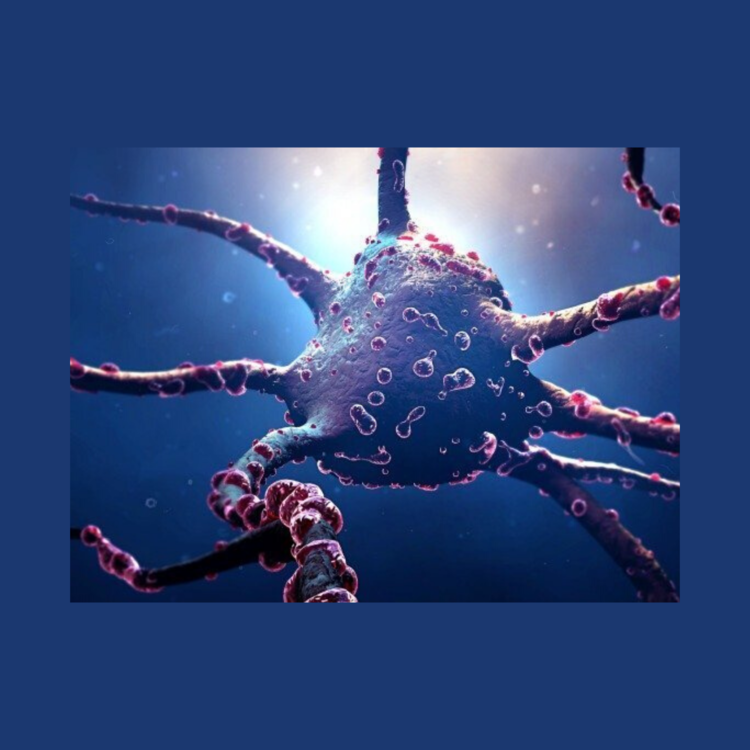Us teenagers are often categorized by others as being overly dramatic or emotional. And as much as we hate to admit it, there is an element of truth to it; however it is simply due to the normal growth of the adolescent brain, something which we cannot control. Due to the experiences we go through during this time, our brain keeps molding and growing, changing in a way that enables us to be much more rational and mature individuals when we hit adulthood. This constant molding leads to a sort of instability in the brain during the time, which is responsible for the many changes.
One of the regions that is relatively unstable happens to be the limbic system, a collection of brain regions (including the hippocampus and amygdala) that are responsible for emotions, rewards, and motivation. Directly in front of the limbic system is the frontal region of the brain which is responsible for thinking and decision making. Initially, these two regions are disconnected, so oftentimes, younger teenagers tend to listen to their limbic system as they make decisions, which leads to them being emotionally charged. As the limbic system starts to get connected to the frontal cortex during adolescence, teenagers slowly start to become more rational, using their frontal regions to come to decisions instead of the amygdala (the main emotional center of the limbic system). But the process by which these two regions connect takes some time, all the way till the end of adolescence, which is why teenagers do make many impulsive decisions based on how they are feeling.
It is for this very reason that it is important that teenagers are aware of the changes their brains are going through. If we are aware of all the growth that is going on and the resulting changes in behavior, we will be more prepared to recognize our emotions talking and can work on actively limiting their influence in our thinking process. It will require some discipline and effort, and learning about the adolescent brain is the best way to start it off.





